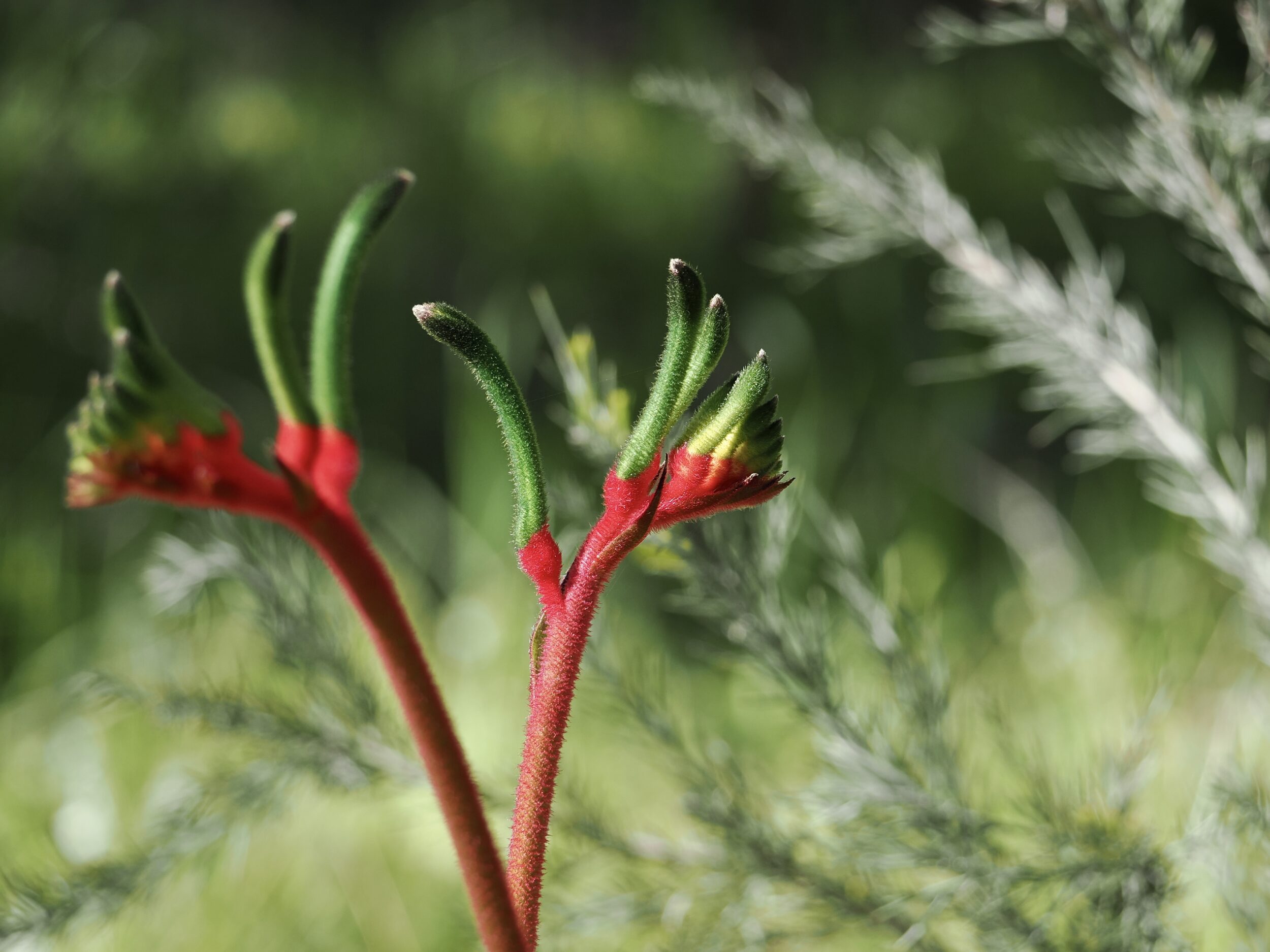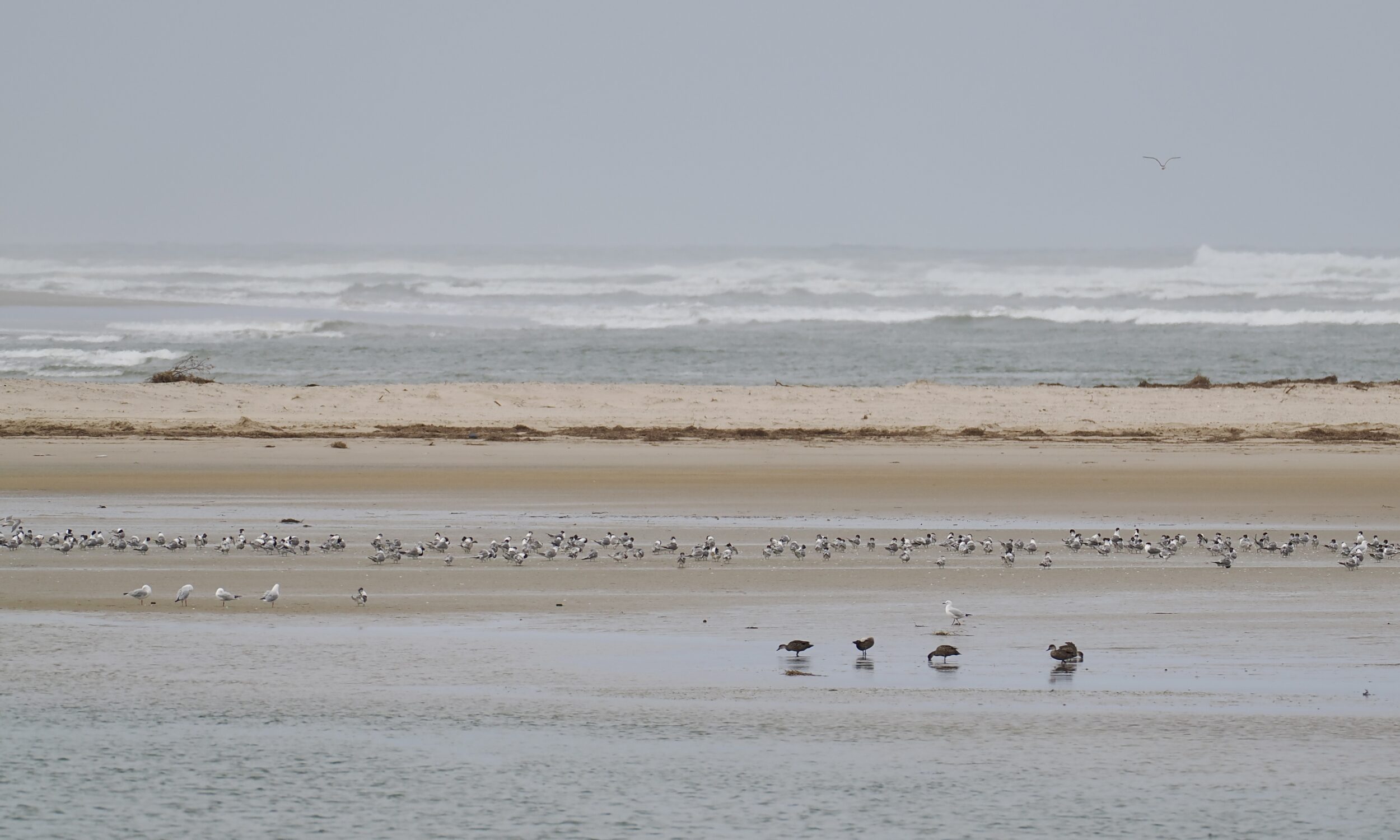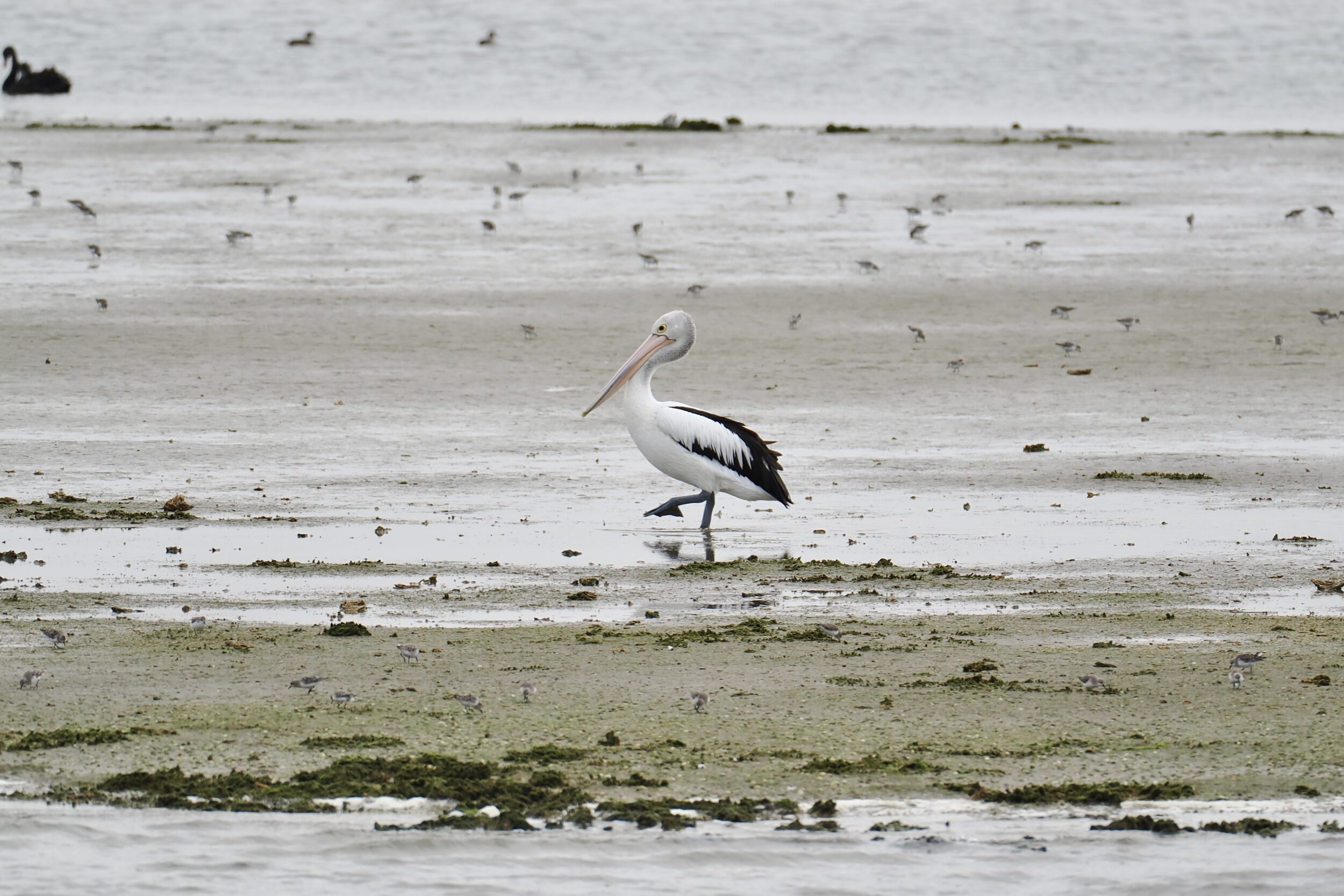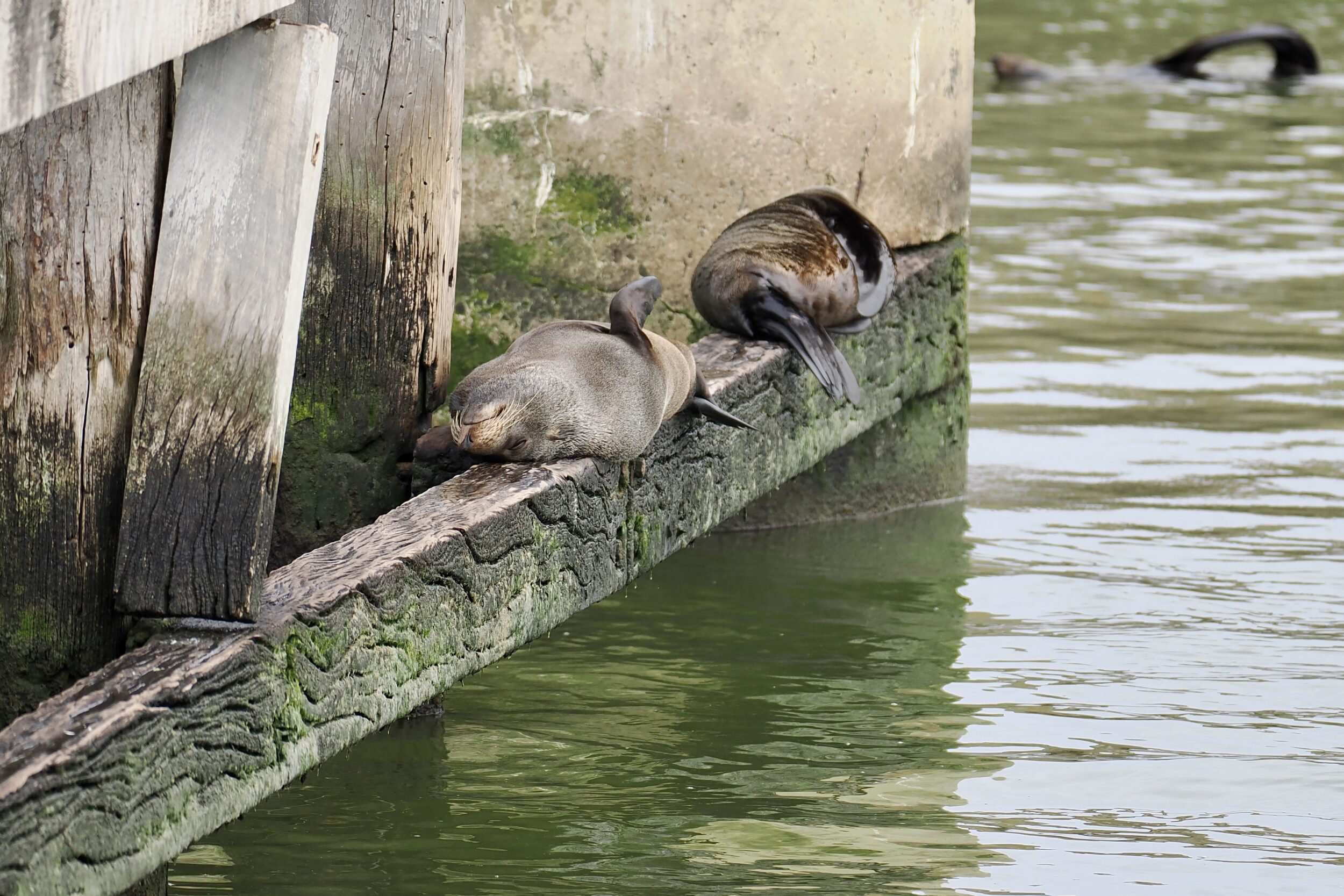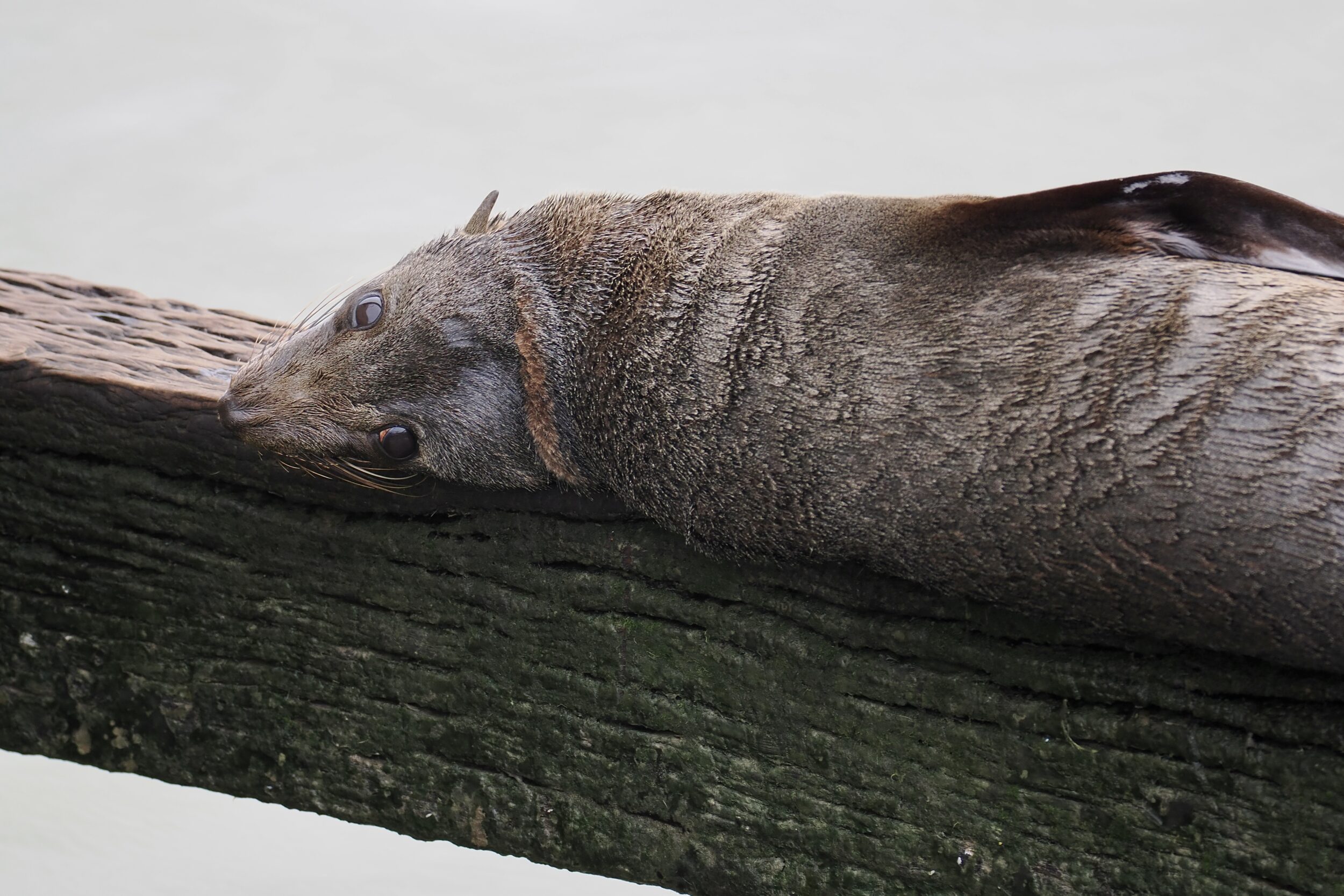Shortly before the “proper” wedding photographers set to organising the wedding party’s “group” photos, I descended a few of the cathedral’s stairs.
I dislike posed, “1,2,3 – everybody, say cheese!” photographs, and am usually bored witless by them.
However, watching what goes on around the taking of such photos is another story – often, a much more interesting one.
As you’ll see in this series’ next chapter, the amused “boy blue” – “off camera”, or so he imagined, at the moment that only my camera was pointed at him – would soon be summoned to the top of the stairs, along with other members of the wedding party.
The photo below looks up, shortly before the “proper” photographers and wedding party were ready for the “group” picture-taking.

